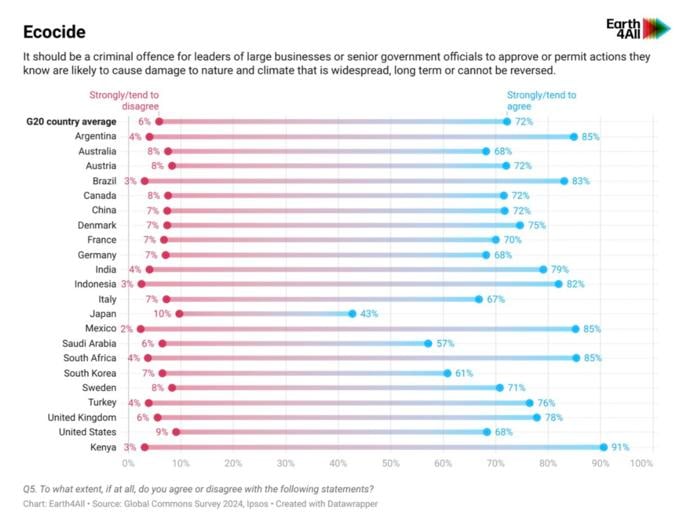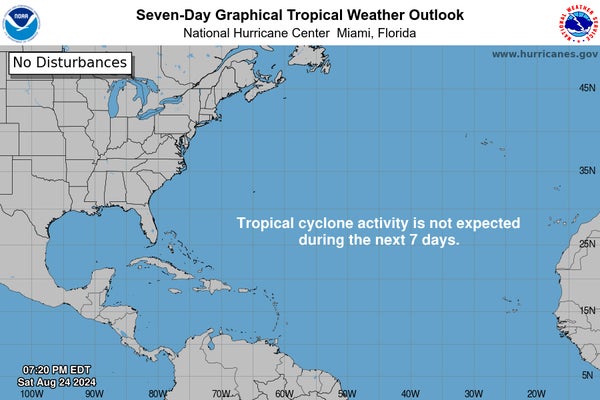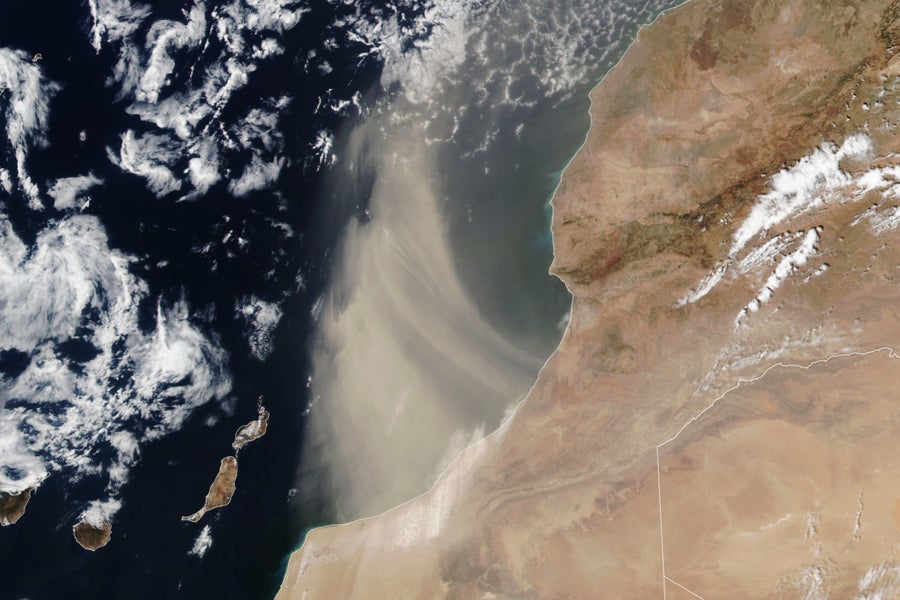Authorities unable to locate entangled humpback whale seen off South West coast
By Pip Waller
ABC South West WA
Experts predict the whale is now heading south, but its exact location is unclear. (ABC South West: Rodney Peterson/Geographe Marine Research )
In short:
Authorities have been unable to locate an entangled humpback whale off the South West coast.
The nine-metre-long mammal was seen offshore in Georgraphe Bay near Dunsborough, dragging ropes and a buoy behind it.
What's Next?
Anyone who sees the whale is urged to contact the Wildcare Helpline on 9474 9055.
Authorities have so far failed to locate a humpback whale seen entangled in rope and dragging a buoy behind it in WA's South West.
The nine-metre-long mammal was seen on Friday afternoon in Geographe Bay near Dunsborough, 244 kilometres south of Perth.
Geographe Marine Research director Rodney Peterson said he was first alerted to the whale by a local operator who had seen it during a tour.
"From then I was able to contact the Parks and Wildlife office and then with some other members get some drones out to track the whale," Mr Peterson said.
Authorities have been unable to locate a humpback whale seen with rope tangled around its tail in the South West. (ABC South West: Rodney Peterson/Geographe Marine Rescue )
"It was first spotted off Castle Rock in the early afternoon and then last seen at Rocky Point in Margaret River around 4pm.
"We tracked it right up to the capes."
The whale had rope and float tied around its tail.
Mr Peterson said while the ropes had not cut into it the whale's flesh, it may have been in some discomfort.
In a statement, the Department of Biodiversity, Conservation and Attractions (DBCA) said it began searching for the entangled whale early on Saturday.
A team of DBCA responders have been on stand-by to attempt to disentangle the whale if it is located.
Entanglements becoming more common
It follows a similar incident last month in which another entangled eight-metre-long humpback was sighted in Cape Naturalist.
DBCA was able to attach a satellite tag to the ropes wrapped around it, but lost the whale when the tag fell off.
Mr Peterson says the incidents are becoming more common.
"Going off the Geographe Bay area, we've had a few incidents like this in the last few weeks," he said.
"And every time you come across something like this, it's horrible and it doesn't get any easier.
"What we can do is if you're walking along the beach and there's piles of ropes and floats on a beach following a storm just pick it up and remove it."
Anyone who sees the whale is urged not to attempt to disentangle the whale, but instead contact the Wildcare Helpine or visit a Parks and Wildlife Service office.













